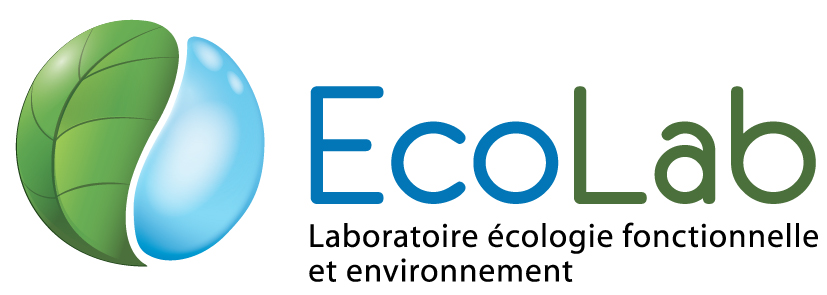Mangrove trees growing in a very saline condition but not using seawater
Résumé
Mangrove trees, which develop along tropical coasts, are known to use saline water uptake. In French Guiana, the high salinity condition is the result of seawater evaporation on mud banks formed from the Amazon sediment flumes. In the back mangrove a few kilometres inland, groundwater, soil water and the xylem sap uptake in the trees remain highly salty, and only very tolerant plants like Avicennia germinans can flourish, whereas the less salt-tolerant Rhizophora mangle is more difficult to find. Curiously, the same Avicennia trees propagate on the seafront. However, stable isotope ratio mass spectrometry (IRMS) measurements and ion analysis (high-performance liquid chromatography (HPLC) and inductively coupled plasma atomic emission (ICP-AES) spectroscopy reveal that the origin of the water in the back mangrove is not seawater. It is freshwater percolating into the sand bars from the inland marshes and rainwater during the wet season that redissolves a marine evaporite and gives a saline groundwater. The absence of barren saltine areas (‘tanne’) in French Guiana could be explained by this freshwater inflow, the aquifer being no longer linked with the ocean.
Domaines
Biodiversité et Ecologie
Origine : Fichiers produits par l'(les) auteur(s)

